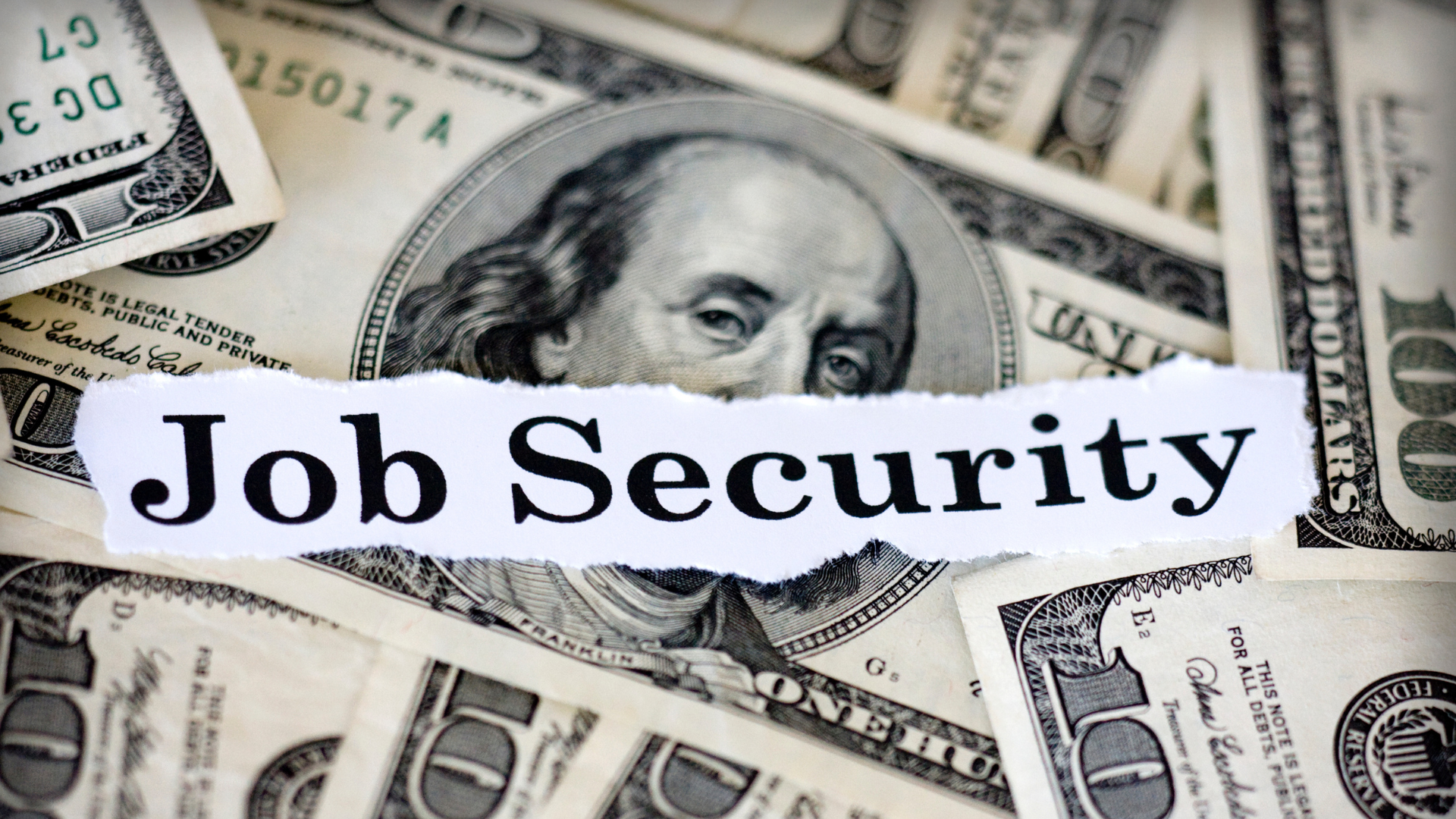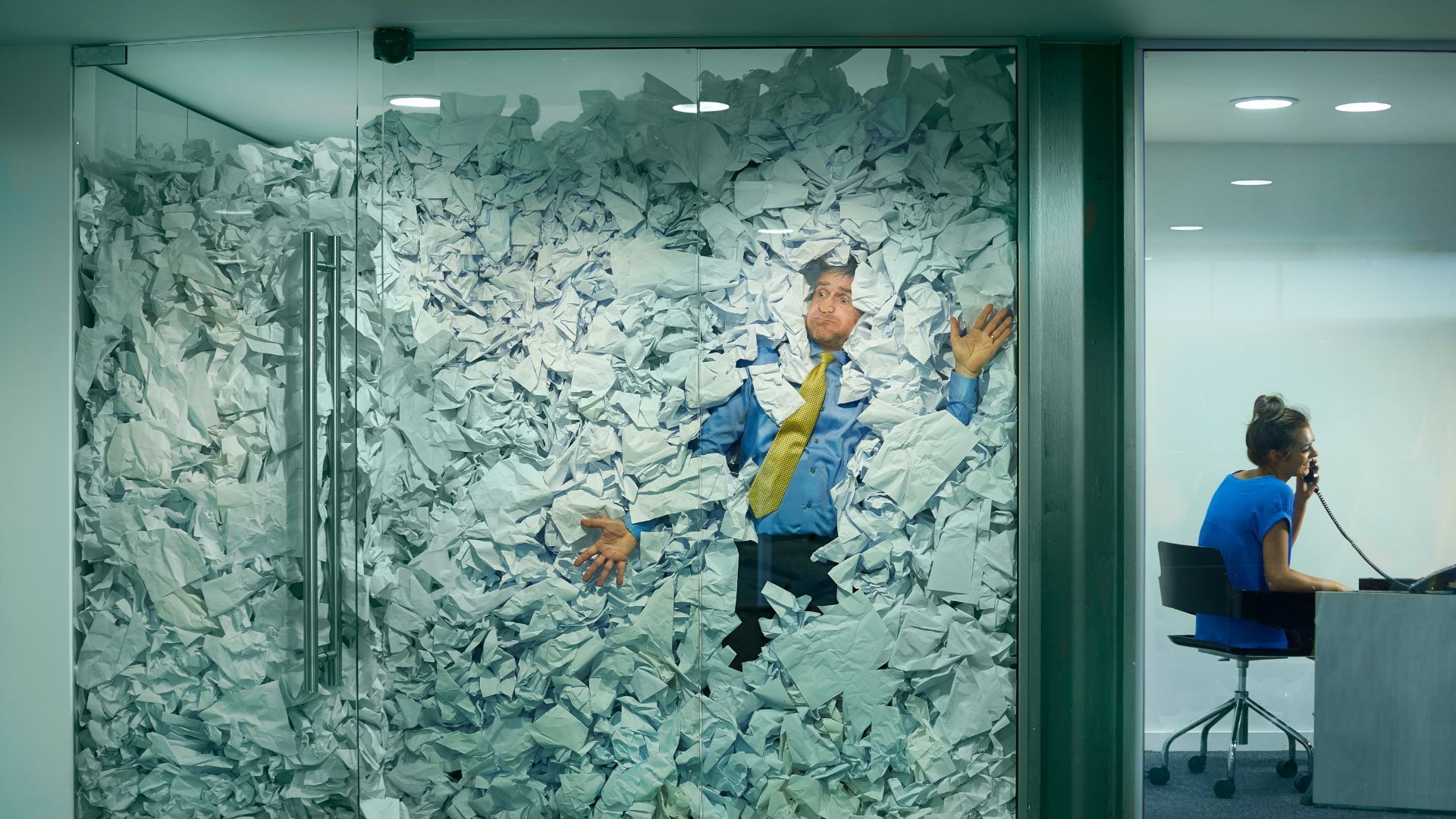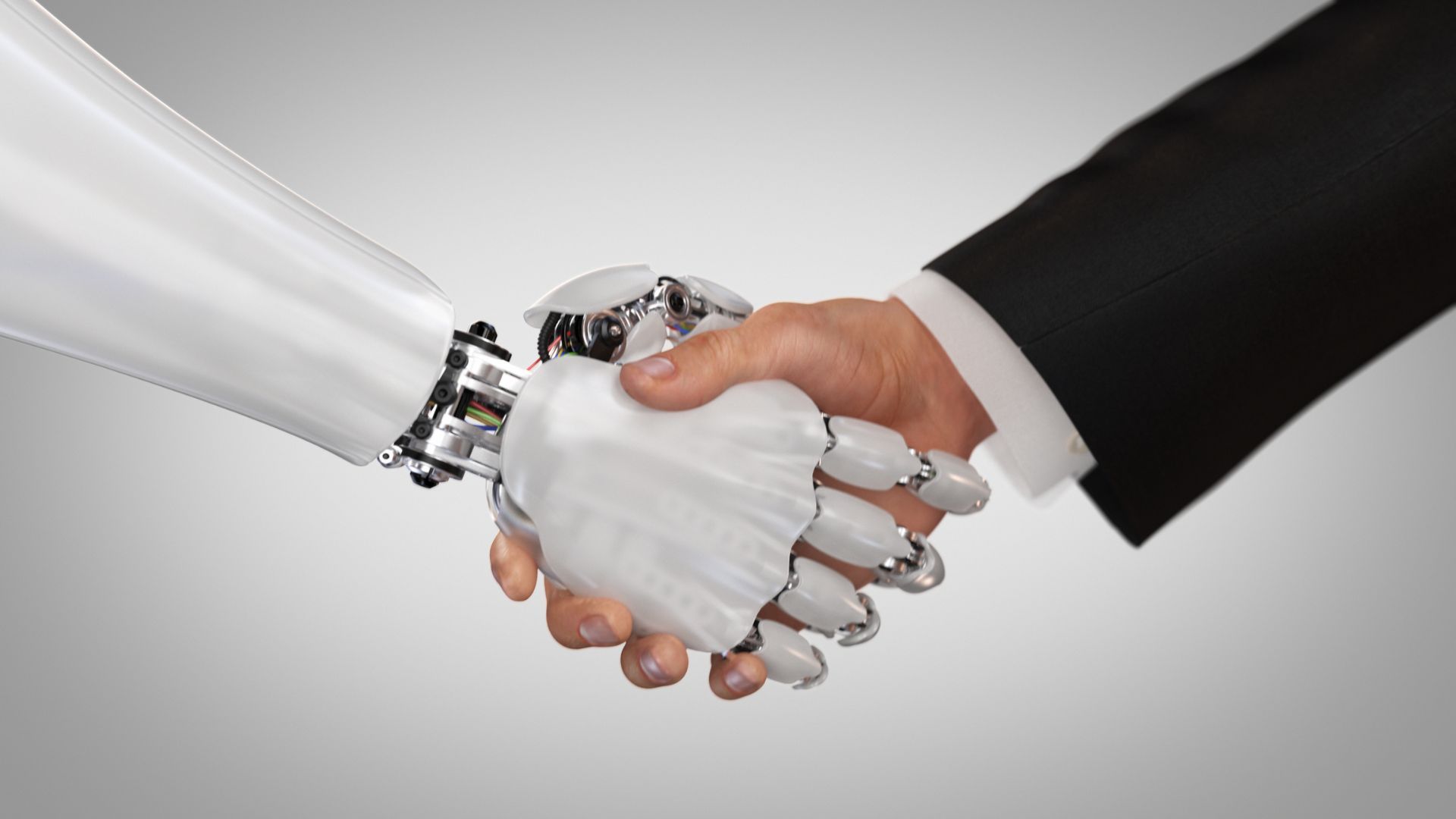Embedding a Culture of Safety: Why It's Time to Rethink Workplace Wellbeing
Leanne Lazarus • April 23, 2025

Workplace safety in Australia is under increasing scrutiny, and not just in industries traditionally considered high-risk. A recent survey of over 1,000 Australian workers found that 40% experience moderate to high levels of psychosocial risks in the workplace. These risks—ranging from bullying and harassment to unmanageable workloads and poor leadership—can significantly impact mental health, job satisfaction, and overall productivity.
As a result, organisations are being called to do more than simply tick compliance boxes. Building a “safety culture” that goes beyond hard hats and hazard signage is no longer optional—it’s essential. Safety culture encompasses both physical and psychological wellbeing and is deeply tied to the overall company culture. When employees feel safe, valued, and empowered to speak up, everyone benefits.
Legislation has evolved to reflect this shift. States like Queensland have introduced clearer frameworks around psychosocial risks and employer obligations. There’s now more pressure than ever for businesses to proactively create safe environments that support both compliance and culture.
Safety isn’t just the responsibility of HR or health and safety officers—it’s a whole-of-organisation issue. From boardrooms to job sites, embedding a safety-first mindset and nurturing a culture of trust and accountability is key to mitigating risk and supporting long-term success.
It’s about creating environments where people feel safe enough
To explore how businesses can practically implement a stronger safety culture, Leanne Lazarus, Specialist Recruitment Manager at people2people, hosted a live conversation with Jonathan Mamaril, Director and Head of Employment Law at South Geldard Lawyers, and Nettie Herselman, Director at People Safe QLD.
Kicking off the discussion, Herselman defined safety culture as far more than a set of policies: “A safety-first mindset really intrinsically prioritises the safety and wellbeing of everyone while they’re at work. It’s about creating environments where people feel safe enough to put their hand up and say something’s wrong.”
She emphasised that safety should be woven into the fabric of the company’s day-to-day operations—from procedures and work practices to how colleagues interact. “It should effortlessly focus within our company culture,” Herselman said. “If we focus on the safety-first mindset, that should be our overarching focus to embed the culture within companies.”
The conversation moved to the difference between public compliance—when employees follow safety rules out of fear or obligation—and internalised compliance, where they act because they genuinely care. Herselman explained: “Public compliance occurs when employees follow protocols purely because they think they have to… whereas internalised compliance means they follow safety practices because they honestly believe it’s the right thing to do.”
From a legal standpoint, Mamaril added context around the increasing obligations for businesses. “Obviously you’ve got the Workplace Health and Safety Act and newer legislation around psychosocial risks and hazards,” he said. “But these issues also permeate areas like general protections, performance management, and investigations.”
He further warned that responsibilities extend beyond operational teams. “You’ve got corporate responsibilities and board-level duties to consider,” he said. “Boards need to prioritise these topics not just as risk mitigators, but as cultural priorities.”
As for implementation, Herselman encouraged organisations to start by assessing where they are and where they want to be. “What is our point A—our present state?” she asked. “Do our people know our policies? Can they access them safely? If our people don’t intrinsically understand how to protect themselves, we’ve lost the game.”
She also noted that focusing on individual compliance areas—such as bullying, harassment, or the right to disconnect—can be overwhelming. “Instead, look at the strong connection between all of them: people. People need to feel safe at work, regardless of their role or industry.”
Mamaril echoed this holistic approach, highlighting the need to shift from reactive measures to proactive planning. “What a regulator will look at is what was actually in place prior to any incident,” he said. “Having a solid plan and evidence of action makes a world of difference.”
He warned that non-compliance can carry significant consequences. “You’ve got individual obligations, such as those under the PCBU framework, and in Queensland, even industrial manslaughter laws come into play.”
The conversation made one thing clear: safety culture isn’t just a buzzword—it’s a shared responsibility that starts from the top and flows through every part of a business.
How to Strengthen Your Safety Culture
To build a more resilient, engaged, and compliant workforce, businesses should focus on the following key areas:
1. Leadership Commitment
Senior leaders must walk the talk. Culture begins at the top—when leaders visibly prioritise safety and wellbeing, it sets a clear example for everyone else.
2. Define and Communicate Expectations
Clear safety policies should be documented, visible, and regularly reinforced. Employees should know not just what the rules are, but why they matter.
3. Foster Psychological Safety
Create environments where employees feel safe to raise concerns, admit mistakes, and ask for help without fear of blame or retribution.
4. Promote Internalised Compliance
Train and support employees to understand and embrace safe practices because they value their own and others’ wellbeing—not just to avoid punishment.
5. Engage the Whole Organisation
Safety isn’t just for high-risk industries. Embed safety practices across departments, from operations and HR to administration and leadership.
6. Assess Your Current State
Audit your existing policies and procedures. Do people know where to find them? Are they followed in practice? What’s working—and what’s not?
7. Set a Roadmap for Change
Identify your desired state and develop a step-by-step plan to get there. Include clear milestones, responsibilities, and communication strategies.
8. Provide Ongoing Training and Support
Don’t rely on once-a-year training. Make safety and wellbeing part of regular discussions, inductions, and check-ins.
9. Measure and Adjust
Use surveys, feedback tools, and incident reporting data to evaluate progress. Adjust your approach as your workforce evolves.
10. Don’t Forget Leadership Wellbeing
As Herselman rightly noted, leaders must also care for their own wellbeing while navigating legislative change and cultural shifts. Supporting those at the helm helps drive better outcomes for all.
Building a thriving safety culture isn’t a one-time project—it’s a long-term strategy rooted in empathy, awareness, and shared responsibility. By empowering people to act with care and confidence, organisations can create workplaces where everyone feels safe, supported, and set up to succeed.
Is your business ready to go beyond compliance and lead with culture?
Find the job you love I Find the right talent
Get in touch with people2people
Australia
I
United Kingdom
In business since 2002 in Australia, NZ, and the United Kingdom, people2people is an award-winning recruitment agency with people at our heart. With over 12 offices, we specialise in accounting and finance, business support, education, executive, government, HR, legal, marketing and digital, property, sales, supply chain, and technology sectors. As the proud recipients of the 2024 Outstanding Large Agency and Excellence in Candidate Care Awards, we are dedicated to helping businesses achieve success through a people-first approach.






